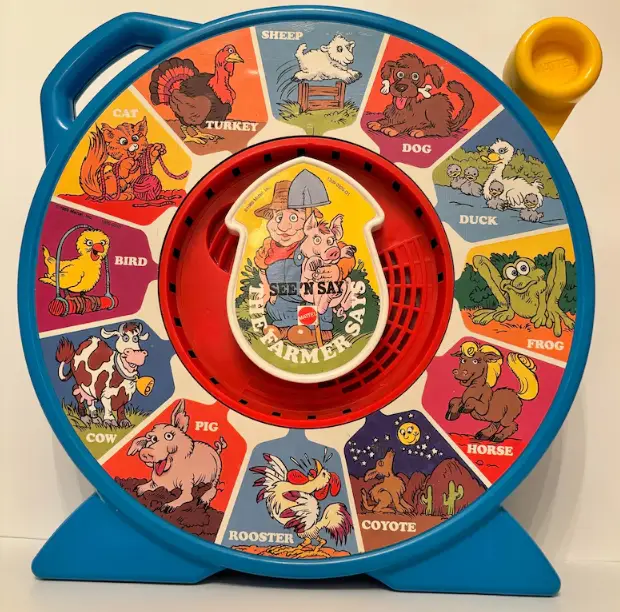Why Do English Dogs Say 'Woof'?
Animal Sounds Around the World

Have you ever wondered why English dogs say “woof” while Japanese dogs say “wan wan”? Or why roosters “cock-a-doodle-doo” in English but “quiquiriquí” in Spanish? These differences in animal sounds across languages offer a fascinating glimpse into how different cultures hear and interpret the same sounds. The variation in onomatopoeic words used to describe the sounds made by animals is a striking example of the complex relationship between language, culture, and perception. For instance, while English speakers hear a dog’s bark as a sharp, crisp “woof,” Japanese speakers hear it as a more high-pitched, nasal “wan wan.” Similarly, the sound of a rooster’s crow is rendered as “cock-a-doodle-doo” in English, but as “quiquiriquí” in Spanish and “cocorico” in French. These discrepancies highlight the inherent subjectivity of language, where the same sound can be perceived and represented in multiple ways depending on the cultural context.
What's in a Sound?
Onomatopoeia is a word that phonetically imitates, resembles, or suggests the sound that it describes, such as “buzz”, “meow”, or “splash”. It’s a figure of speech that uses words to mimic the sounds of the real world, creating a sensory experience for the reader or listener. This literary device has the power to transport us into the world of the story, making us feel like we’re part of the action. Think about how “hiss” sounds just like a snake, or how “boom” captures the sound of an explosion! The word “chirp” can evoke the image of a bird perched on a branch, while “sizzle” can make us think of a juicy burger cooking on the grill. Onomatopoeia is a clever way to add depth and complexity to language, making it more engaging, expressive, and memorable. By using onomatopoeic words, writers can create a more immersive experience for their readers, drawing them in and refusing to let go. Whether it’s the “tick-tock” of a clock, the “rush” of a river, or the “crunch” of leaves underfoot, onomatopoeia helps to bring the world to life in a way that’s both vivid and captivating.
The Dog's Alert
The Cat's Hello
The Rooster's Call
- English: woof woof, bark bark
- Japanese: wan wan
- Mandarin Chinese: wang wang
- Korean: meong meong
- Russian: gav gav
- Turkish: hav hav
- French: ouaf ouaf
- German: wuff wuff
- Italian: bau bau
- English: meow
- Japanese: nyan nyan
- Mandarin Chinese: miao miao
- Korean: yaong yaong
- Russian: myau myau
- Arabic: miu miu
- Spanish: miau miau
- Portuguese: miau miau
- English: cock-a-doodle-doo
- Japanese: ko-ke-kok-ko
- French: cocorico
- German: kikeriki
- Spanish: quiquiriquí
- Russian: ku-ka-re-ku
- Mandarin Chinese: wo wo wo
- Korean: kkokio
Why Are They So Different?
It’s all about how our languages work! Each language has its own set of sounds (called phonology), and we try to match animal noises to sounds that exist in our language. Here’s a fun example: Japanese doesn’t usually end words with consonants like ‘f’, so their dogs can’t say “woof” – instead, they say “wan”, which fits perfectly with Japanese pronunciation rules.
The Science Behind It
Language scientists (linguists) call this “cross-linguistic onomatopoeia.” Think of it like wearing different colored glasses – the bird is making the same sound, but we all hear it through our language “filters”:
- English speakers: “tweet tweet”
- Japanese speakers: “piyo piyo”
- Korean speakers: “jjak jjak”
Fun Ways to Practice!
- Try making these sounds in different languages – it’s great pronunciation practice!
- Notice which sounds are similar across languages (like “miao/meow/miau”)
- Practice with friends who speak different languages
Your Turn!
Next time you hear an animal, try to:
- Listen to the actual sound without thinking of words
- Notice how your language represents that sound
- Ask friends from other countries how they would write that sound
- Try making the sound in different “languages”

